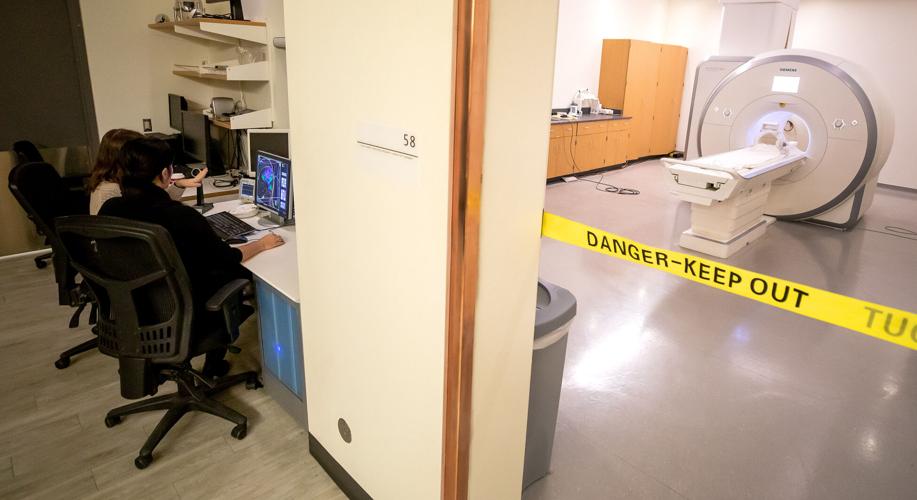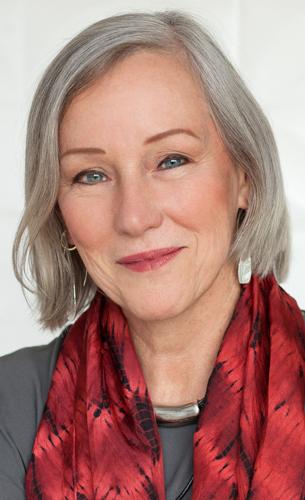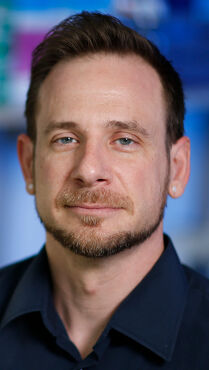Are you 18 or older? Do you want to help unlock the mysteries of the aging brain?
If you answered yes to both of those questions, then a group of scientists at the University of Arizona wants you — yes, you! — to enroll in the largest-ever research study focused on better understanding the genetic and environmental factors that cause some brains to age more rapidly than others.
Studies focusing on specific degenerative diseases associated with aging are increasingly well-funded and widespread. But that’s not the purpose of the newly launched Precision Aging Network, a collaborative research endeavor funded by a $60 million grant from the National Institutes of Health that researchers at the University of Arizona will create and lead.
Instead, the leaders of PAN will focus on examining a massive and diverse sample of less-understood normative aging brains over the next five years, with the hope of being able to develop targeted and individualized treatment plans. They expect the whole operation to be up and running by January 2022.
‘Optimize’ brain health
Thirteen percent of adults over 71 suffer from dementia (primarily Alzheimer’s disease), a life-threatening affliction that robs people of their memories and other cognitive functions.
“That’s a huge and horrible number,” said Carol Barnes, a professor of psychology, neurology and neuroscience at the UA who is helming PAN. “But, that also means 87% of us over 71 are not demented. What I’m after is seeing what we can do to optimize brain and cognitive health for as long as we may live.”
Barnes, director of the Evelyn F. McKnight Brain Institute at the UA, has studied aging since the early 1970s — a few years before the National Institute on Aging formed in 1976. What she and other neuroscientists have learned as the field has evolved is that people don’t lose brain cells as they age.
“What you lose are the synapses — or the connections between brain cells. There are changes in synapse function or plasticity and the length of time these memory traces are laid down,” Barnes said. “We can’t change how good your memory is, but we want to keep it as good as it ever was for as long as possible.”
Ideally, the launch of PAN will get Barnes and her team closer than ever to making that reality.
They’re partnering with Arizona State University, Emory University, Johns Hopkins University, Baylor College of Medicine, the Georgia Institute of Technology, the University of Miami and the Phoenix-based Translational Genomics Research Institute (TGen is an affiliate of City of Hope) to recruit 350,000 people ages 18 to 90-plus and up to participate in one part of the study through an online tool called MindCrowd.
MindCrowd itself is a memory test that’s been around since 2013. For the purposes of this research, PAN is creating an expanded specialized test that will analyze additional memory functions, health and lifestyles over the next five years.
Within that group, PAN researchers at the UA in Tucson, Emory in Atlanta, Johns Hopkins in Baltimore and the University of Miami in Coral Gables, Florida, will identify a smaller sample size of about 1,600 people between the ages of 50 and 80 who will come to a lab in one of those four cities for more in-depth testing. Those tests could include blood work, scans and close monitoring of daily activities via a smart watch.
Diverse sample wanted
Lee Ryan, head of the UA’s psychology department, co-founder of MindCrowd and an associate director for PAN, said it’s critical that the composition of PAN’s participants reflect the diversity of the United States’ population.
“One of the goals of this is not just to study aging, but to study aging in the people who normally never come to our lab,” Ryan said. “Not everyone ages the same way, so we need to understand racial, ethnic and cultural differences.”
Historically, people from marginalized communities have faced numerous barriers to participating in scientific studies. That’s part of the reason why much of the existing research on aging has relied on samples skewing white, male, well-educated and wealthy.
PAN’s combination of online and in-person testing is intended to help “people who may not physically be able to be a part of our studies to participate,” Ryan said. “They may not live near the university, they may have a day job and can’t take off three or four hours in the middle of the day to do our tests, they may not have a car or they may have children to care for.”
The other piece of recruiting diverse participants for the in-person studies is building community trust through outreach efforts. In Atlanta and Baltimore, PAN researchers are especially focused on reaching potential Black participants, and potential Hispanic and Latino participants in Tucson and Miami.
Dr. Tatjana Rundek, a professor of neurology at UM and co-lead on PAN’s in-depth aging study, and her team in Miami have already done some work to reach people who may be reluctant to sign up for the online MindCrowd test, which is required to be selected to participate in the in-depth, in-person studies.
“A lot of people will say they don’t want to be guinea pigs. So, we realize that we need to communicate a lot with our community,” Rundek said. In addition to accounting for any language barriers that may exist, “We have to actually go out in the communities to aging centers, libraries, churches and retirement homes. We have to excite people for this type of work.”
Goal: Provide tailored advice
Matt Huentleman, TGen researcher, associate director of PAN and co-founder of MindCrowd, said that once the team has recruited a large and diverse sample size, PAN will be well-positioned to offer individual patients much more personalized advice on how to maintain cognitive brain function — and the particular drivers in their orbit that contribute to aging — than exists now.
“Because the process of aging is so complicated, it’s very hard to study aging people as a group,” he said. For example, stress may be a main driver of aging for some people, while others may be more affected by high cholesterol.
“We’re bombarded with recommendations about how to age healthily and things we should do for our brain. I’m not saying anything of those things are wrong — they’re all based on evidence,” Huentleman said. “But I think the more that can be tailored so people can focus on maybe one, two or three things that would have the biggest impact on their brain aging, the better our population will age.”
With its long, colorful history, Tucson is bound to have its own eerie legends. Here are some places in the Old Pueblo rumored to have ghostly ties.











